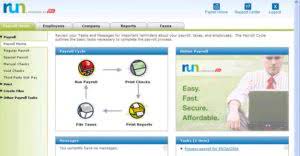
Companies prepare bank reconciliation statements as a comprehensive accounting comparison tool. A company can ensure that all payments have been processed accurately by comparing their internal financial records against their bank account balance. Bank reconciliation statements are also important for alerting a company in case of fraud or error. To be effective, a bank reconciliation statement should include all transactions that impact a company’s financial accounts.

Step 4: Make Sure the Balance As Per the Bank Matches the Balance As Per the Cash Book

You can also opt to use a simple notebook or spreadsheet for recording your transactions. Consider performing this monthly task shortly after your bank statement arrives so you can manage any errors or improper transactions as quickly as possible. Keeping accurate records of your bank transactions can help you determine your financial health and avoid costly fees. Using this simple process each month will help you uncover any differences between your records and what shows up on your bank statement.
Not-Sufficient Funds Checks
Cross-checking the bank statement and balance sheet can be done without human intervention using software tools. Compare your personal transaction records to your most recent bank statement. First, make sure that all of the deposits listed on your bank statement are recorded in your personal record. If not, add the missing deposits to your records and your total account balance. The goal of bank account reconciliation is to ensure your records align with the bank’s records. This is accomplished by scanning the two sets of records and looking for discrepancies.
Recording bank reconciliations
In this case, the reconciliation includes the deposits, withdrawals, bank reconciliation and other activities affecting a bank account for a specific period. Any discrepancies lead to making necessary adjustments or corrections. As a result, you’ll need to deduct the amount of these checks from the balance. Make sure that you’ve also taken into account all deposits and withdrawals to an account when preparing the bank reconciliation statement.
Without reconciling, companies may pay too much or too little in taxes. Your bank may collect interest and dividends on your behalf and credit such an amount to your bank account. Incorrectly recording transactions in the accounting system can result in errors in the balance sheet and bank statement, making it challenging to reconcile. Discrepancies in bank reconciliations can arise from data processing errors or delays and unclear fees at the bank. Unpredictable interest income may also be a challenge when calculating financial statements, which can lead to challenges during a bank reconciliation. An NSF (not sufficient funds) check is a check that has not been honored by the bank due to insufficient funds in the retained earnings entity’s bank accounts.

- It ensures that all cash transactions are accounted for and justified.
- If there are any differences, adjust the balance sheet to reflect all transactions.
- The bank will debit your business account only when they’ve paid these issued checks, meaning there is a time delay between the issuing of checks and their presentation to the bank.
- The change to the balance in your bank account will happen “naturally”—once the bank processes the outstanding transactions.
- Bank of America retains the discretion to interpret the terms or language used in any of its communications according to the provisions contained in the plan documents.
- As a result of these direct payments made by the bank on your behalf, the balance as per the passbook would be less than the balance as per the cash book.
When you do a bank reconciliation, you first find the bank transactions that are responsible for your books and your bank account being out of sync. Any credit cards, PayPal accounts, or other accounts with business transactions should be reconciled. When you “reconcile” your bank statement or bank records, you compare it with your bookkeeping records for the same period, and pinpoint every discrepancy. Then, you make a record of those discrepancies, so you or your accountant can be certain there’s no money that has gone “missing” from your business. To quickly identify and address errors, reconciling bank statements should be done by companies or individuals at least monthly. They also can be done as frequently as statements are generated, such as daily or weekly.
Step 6: Adjust Differences
In addition to the outstanding checks, we see direct charges to the bank account, such as bank service fees and direct debits. One is making a note in your cash book (faster to do, but less detailed), and the other is to prepare a bank reconciliation statement (takes longer, but more detailed). When you record the reconciliation, you only record the change to the balance in your books. The change to the balance in your bank account will happen “naturally”—once the bank processes the outstanding transactions. For the most part, how often you reconcile bank statements will depend on your volume of transactions. Go through your bank statement to see if you’ve missed anything; factor in payments you may have received but failed to record in your ledger.
- He also finds $500 of bank service fees that hadn’t been included in his financial statement.
- Then, see to it that the remaining transactions in your check register are recorded properly, even though they haven’t cleared the bank.
- Once you’ve figured out the reasons why your bank statement and your accounting records don’t match up, you need to record them.
- Even their chart of accounts is a nightmare (“Due to XXXXXX” being an other current liability as well as an expense) Im going to consult an accountant and see what they have to say.
- When done frequently, reconciliation statements help companies identify cash flow errors, present accurate information to investors, and plan and pay taxes correctly.
- Errors could include omission, entering the wrong amount, or recording an item to the incorrect account.
By comparing the two statements, Greg sees that there are $11,500 in checks for four orders of lawnmowers purchased near the end of the month. These checks are in transit, so they haven’t yet been deposited https://www.bookstime.com/blog/time-is-money into the company’s bank account. He also finds $500 of bank service fees that hadn’t been included in his financial statement. By comparing your company’s internal accounting records to your bank statement balance, you can confirm that your records are accurate and analyze the reasons behind any potential discrepancies.
